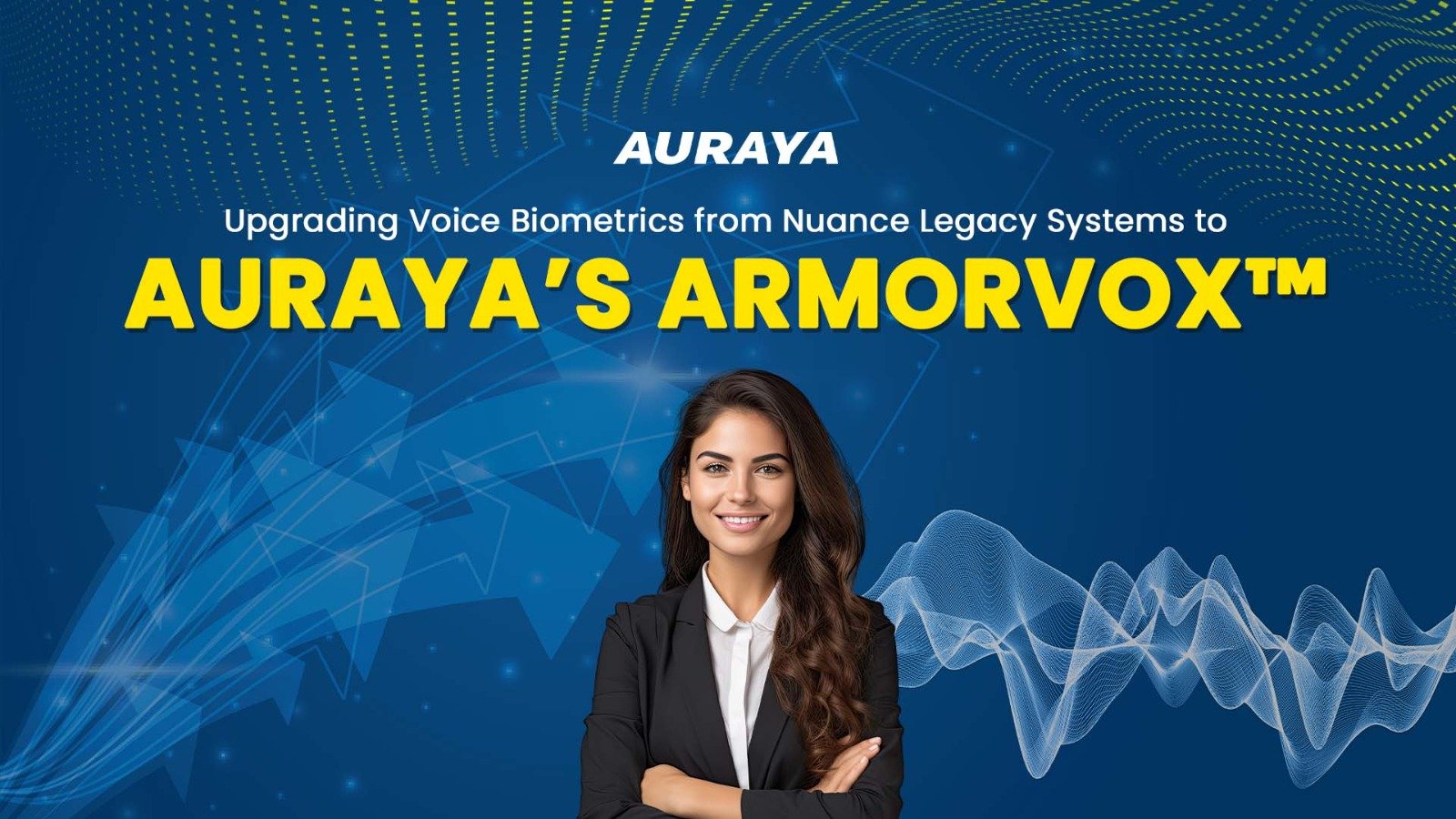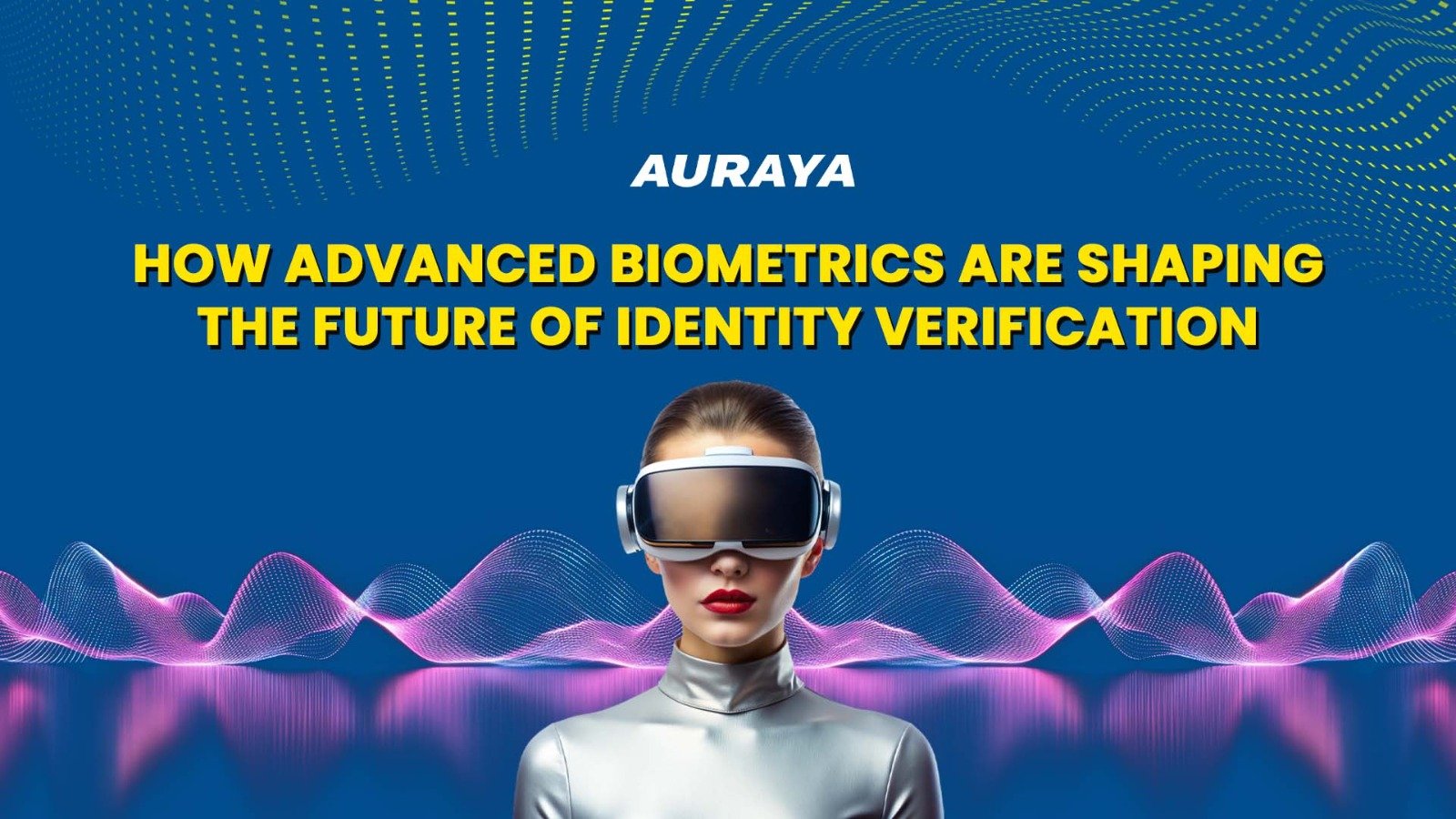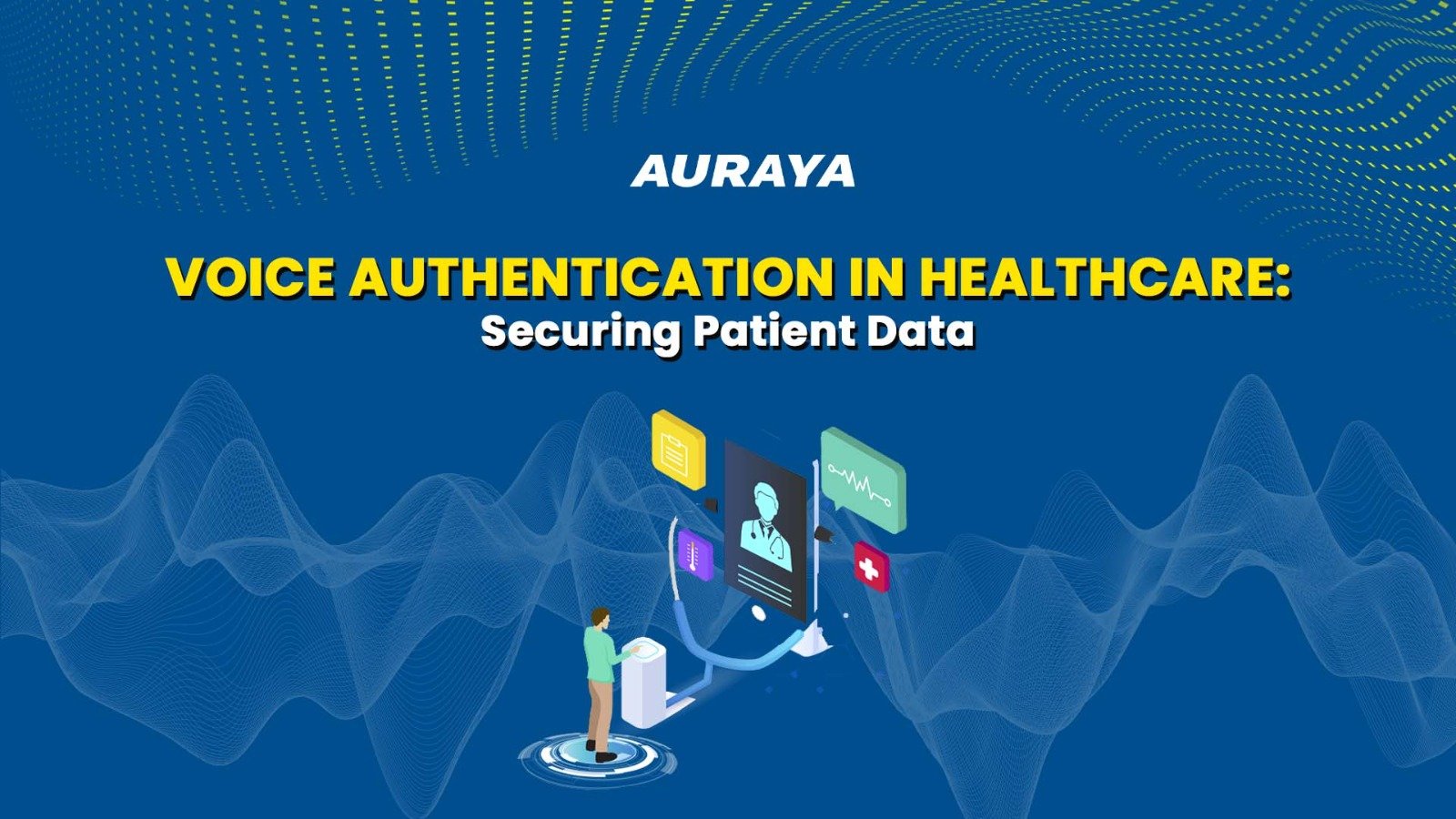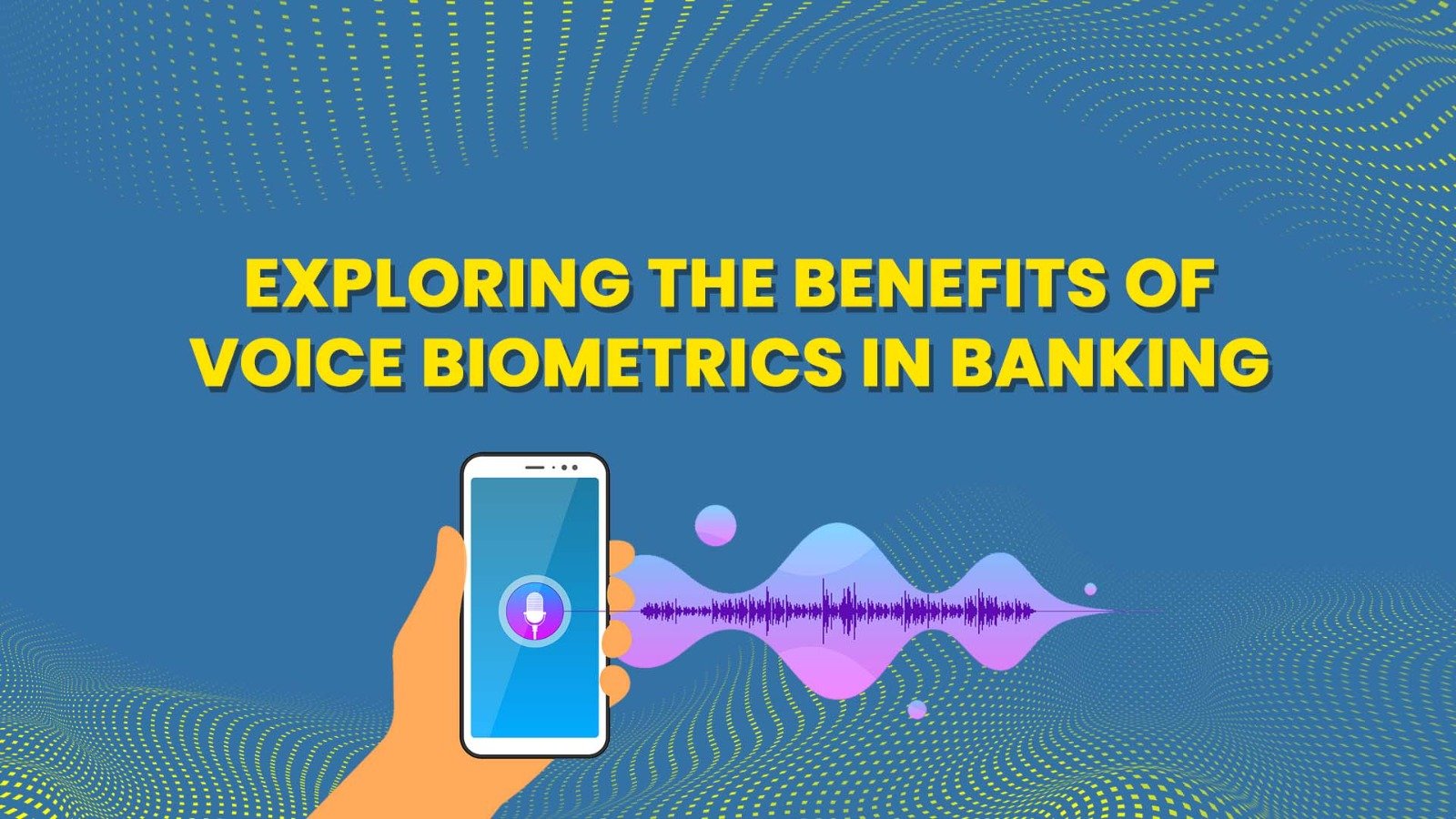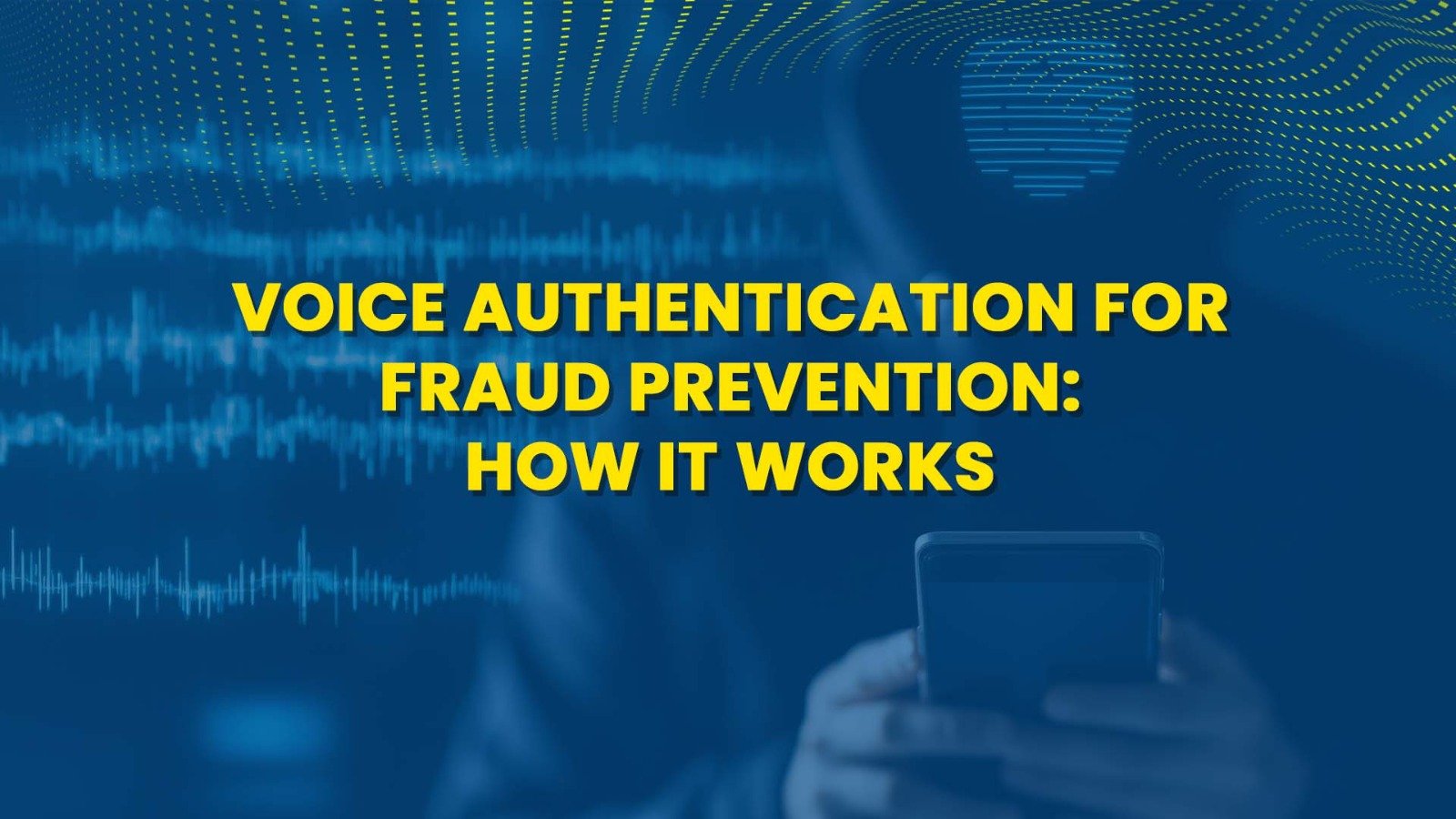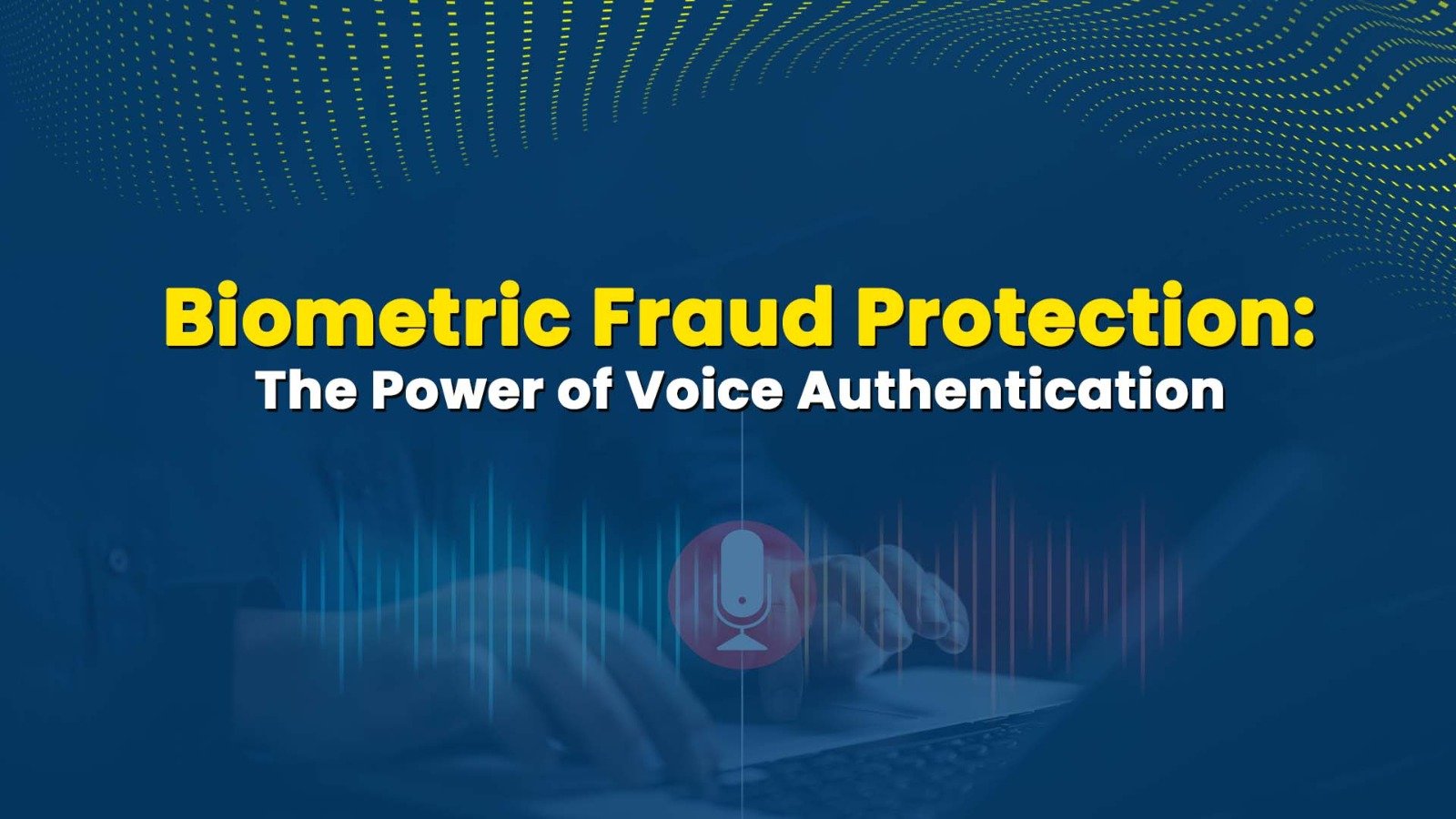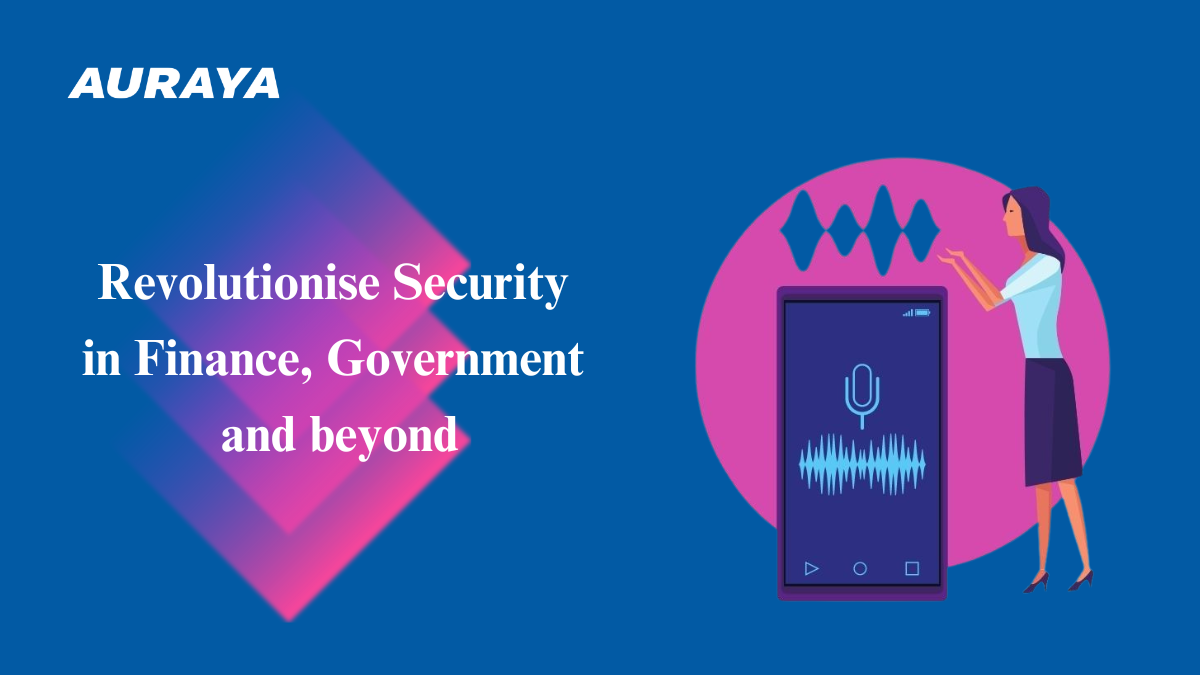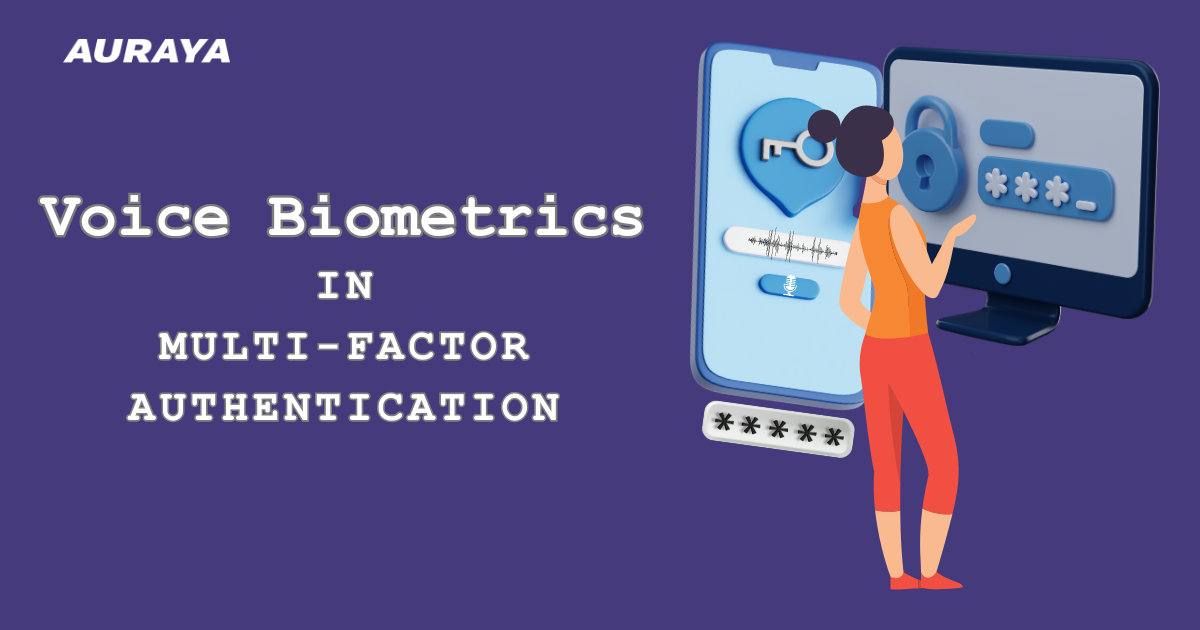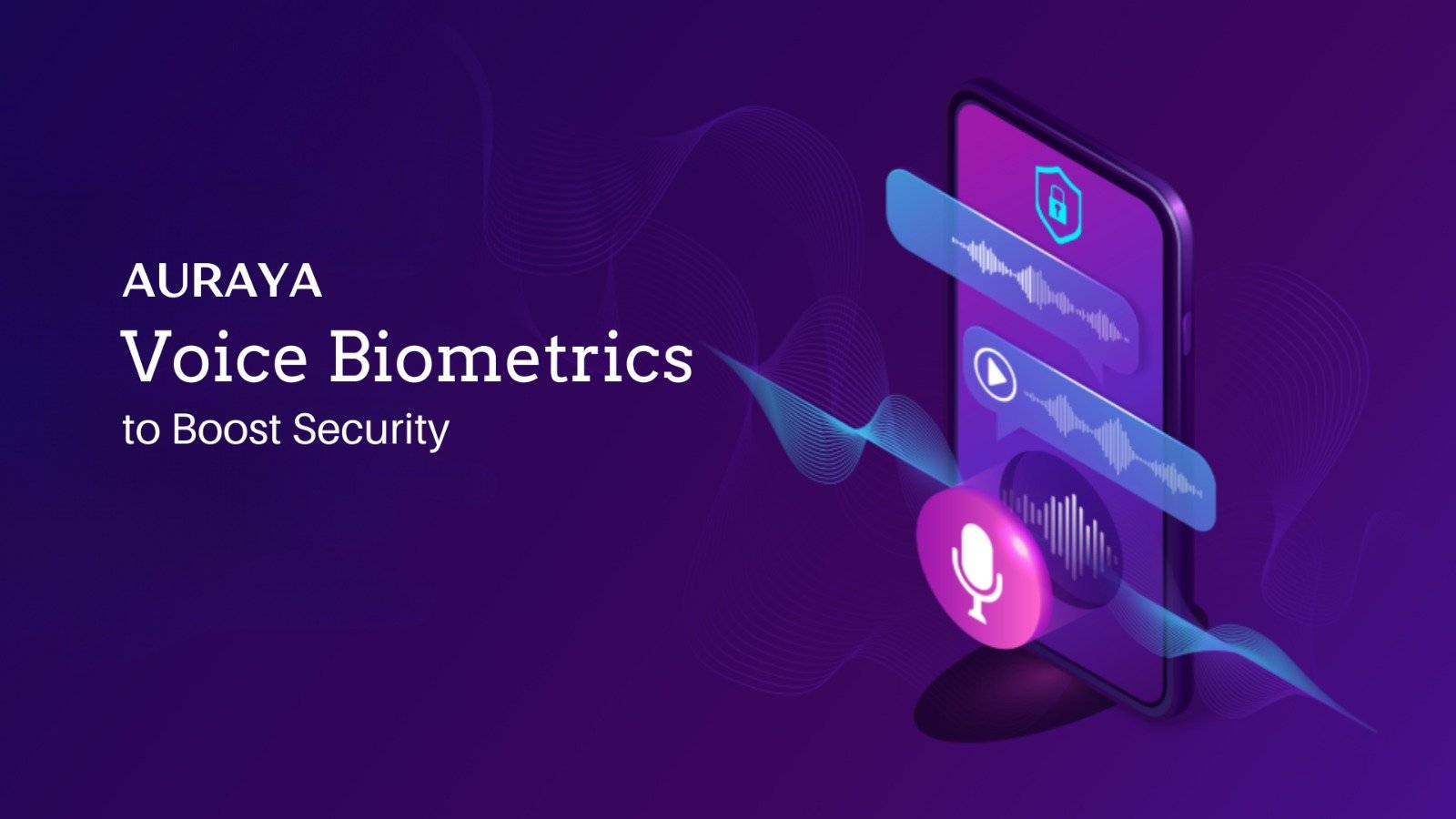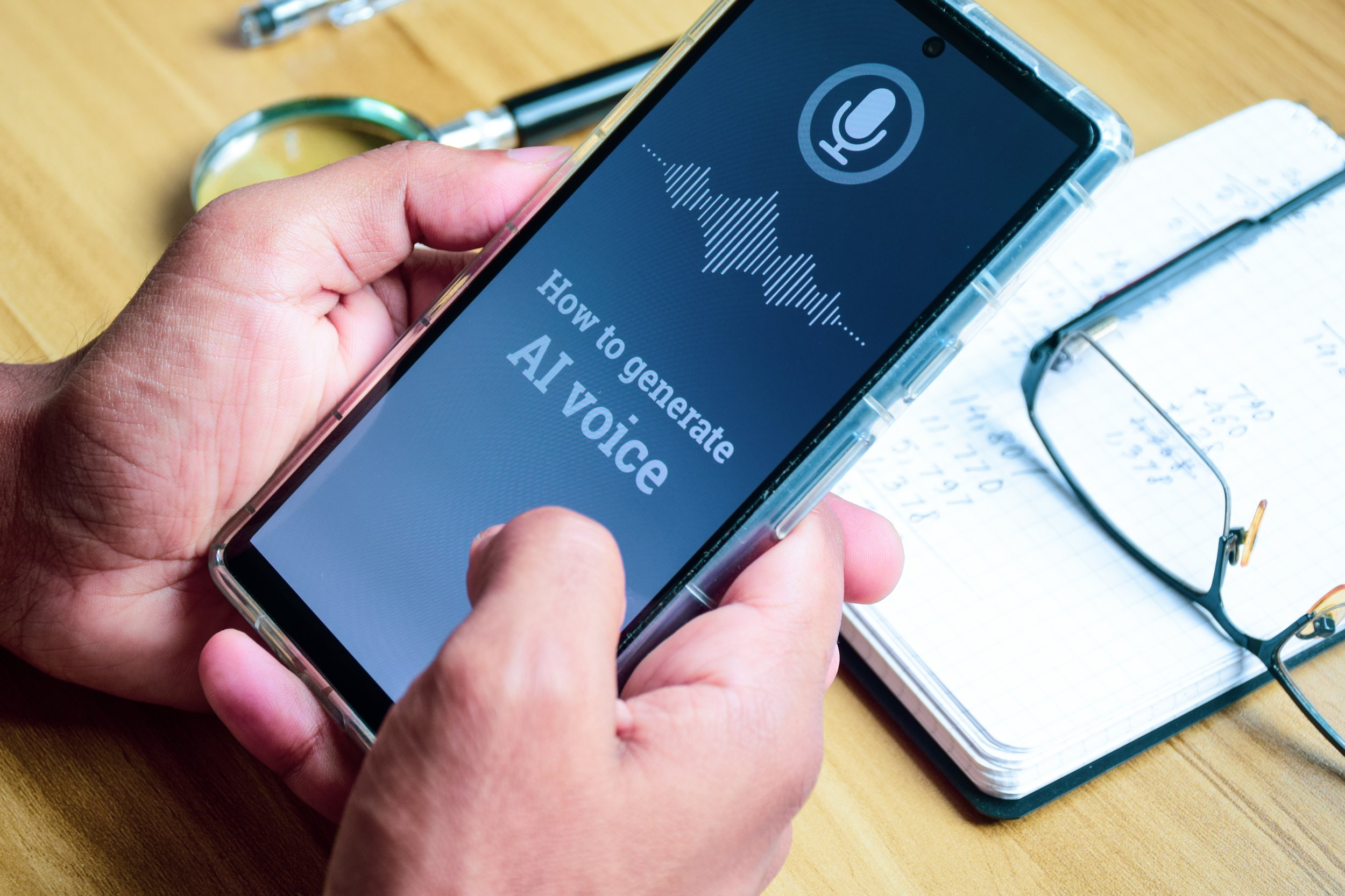How to Get an Identity Claim in A Frictionless Voice Biometric Verification Process
Biometric voice verification works best when a ‘one-to-one’ match is requested. One-to-many verification processes can lead to poor security or usability outcomes. To verify based on a ‘one-to-one’ or ‘one-to-few’ comparison the claimed identity of the caller needs to be established. The following options can be used to make this process seamless for any user, therefore, delivering on the promise of frictionless customer experience.
Using information from the device that is being used by the person such as the Automatic Number Identification (ANI, or sometimes referred to as CLI) can be a proxy for one or more possible customers, so allowing the system to collect the calling line identifier and doing a database check to see if that ANI has a corresponding customer(s) record is the first step in addressing the identification process.
As ANI may not always identify the caller and customers may interact on multiple devices ANI cannot be relied on as the only identification element so asking a customer to say their account number or phone number provides another input to determine the claimed identity. This spoken utterance helps refine the claimed identity as it may be the same as an ANI or a different number.
Some customers may already have been trained to input their account number or phone number using DTMF (push buttons on the phone). Whilst it is preferable not to have a system that requires speech input and DTMF tones we can use the DTMF tones to establish claimed identity and then ask the caller to say their account number or phone number to do the biometric verification.
Claimed identity can also be inferred when using push to talk or other digital devices or in outbound calls based on the device identity.
If the customer is interacting with a bot or agent via a digital device then the device identifier (IP address, browser cookie, keyboard input, etc) can be used to determine the claimed ID.
Some organisations have an existing speech recognition system that asks for name and address or other identifiers that narrow the list of potential customers. This is not a recommended process as it often doesn’t deliver the frictionless experience nor the necessary accuracy to deliver a delightful experience. Maintaining a speech recognition system to accurately recognise names is expensive, however, if an organisation already has this functionality it can be leveraged to determine claimed identity.
Other techniques are depending on the user group and geography to narrow the potential candidate identities for example in the UK saying a postcode will narrow the range of potential candidates to a small number.
Once all relevant techniques have been used to narrow the probable candidates to ‘one’ or a ‘few’ potential candidates the speech sample that was collected by the initial identification question (phone number or account number or postcode, etc) can be compared against either the one candidate or the few alternative candidates. If there is only one match, then this provides the answer to the question of who is calling, and they have been verified to a sufficient level of assuredness to continue the seamless friction-free journey.
All these options are available as well as others that can be used in different use cases. Any of these variants can be incorporated into the EVA solution by customising the solution using Amazon Connect‘s orchestration tools.
It is important to note that most interactions are resolved with two inputs:
ANI and;
Saying your phone number (or account number, or either) and resolve the identity question and verification question with one utterance.
For solutions focused on internal staff where one ANI may resolve to hundreds or more staff members then we normally recommend asking the caller “to verify your identity, please say your phone number” as most employees have a mobile phone number that they say easily then this number becomes their claimed ID and verification utterance. Of course, you could replace phone numbers with employee numbers but often employees don’t remember or aren’t able to say their employee numbers.




